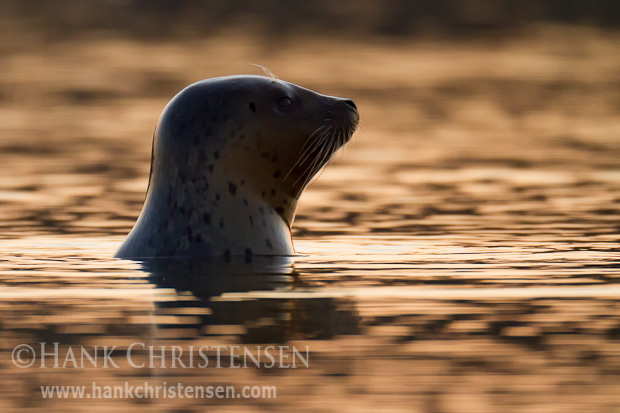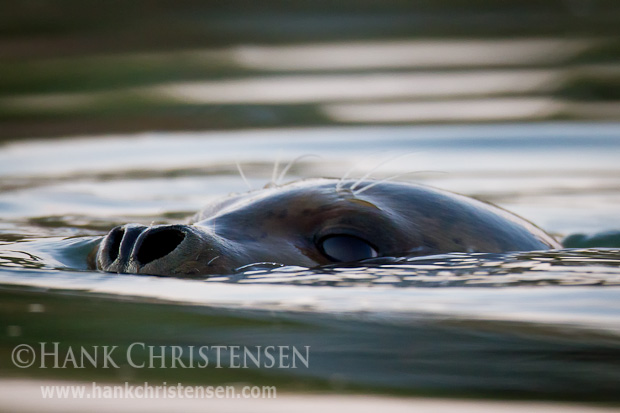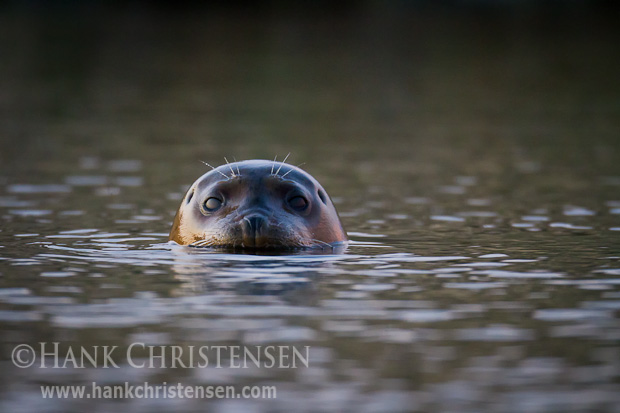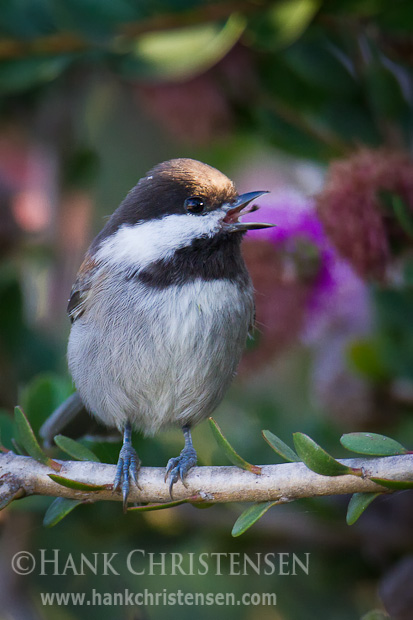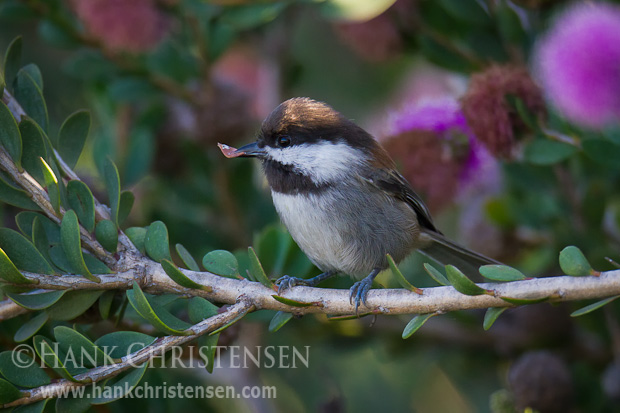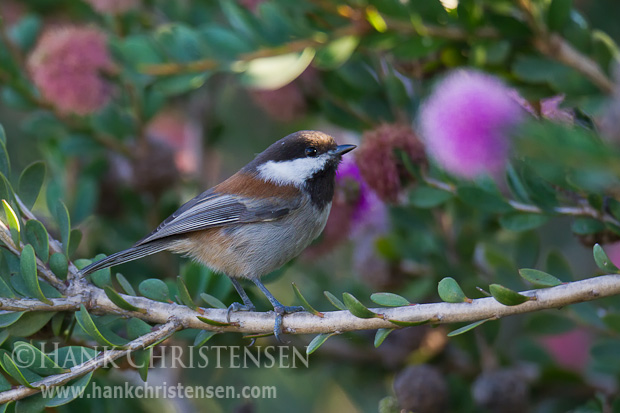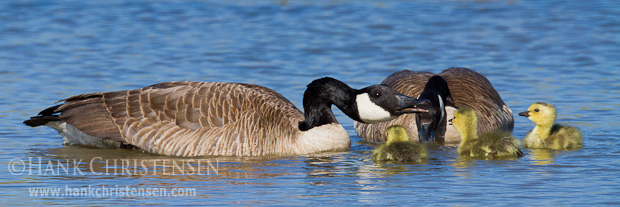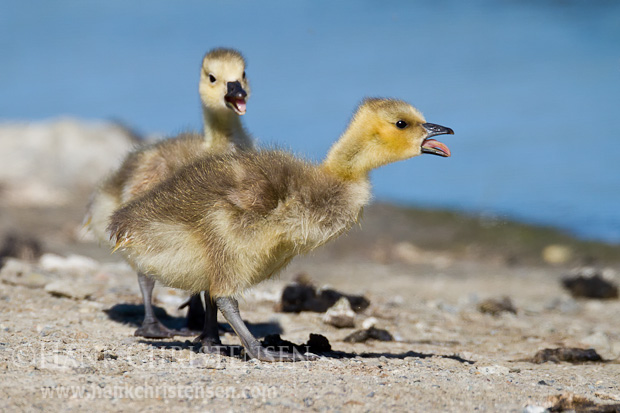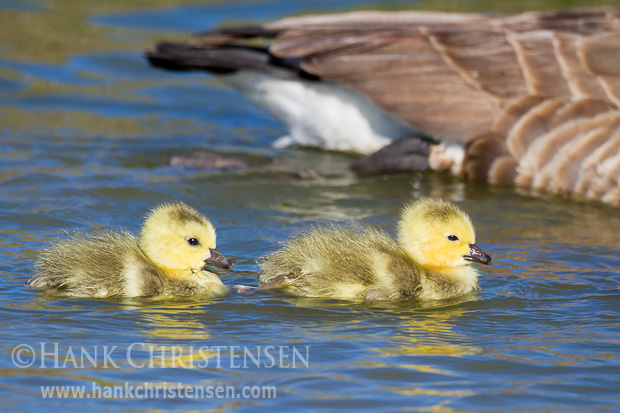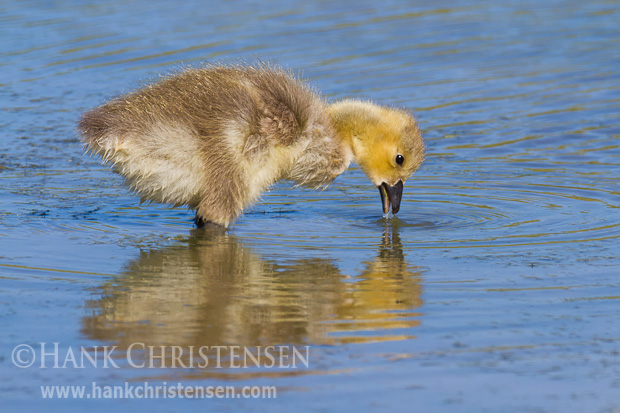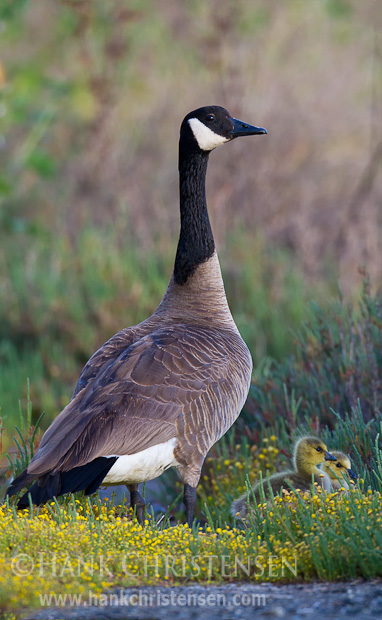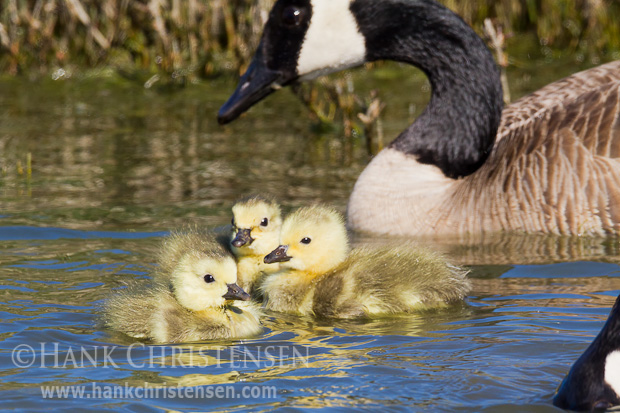A couple days ago I was out for sunrise along San Francisco Bay near my house, looking specifically for a Pacific Golden Plover in breeding plumage. One had been spotted in the area the day before, and I wanted to see if I could find him before he continued his migration north.
Upon arriving at the site, I immediately knew there would be no opportunities that morning. The tide was out, and all of the shorebirds were well out away from the sand in some soupy viscous mud. I knew that if I ventured out to where they were, I’d be at least up to my knees in the stuff, unable to move quietly, and a mucky mess. Oh well – I gave it a shot. Low tide was right around noon, which is usually a terrible time for photography.
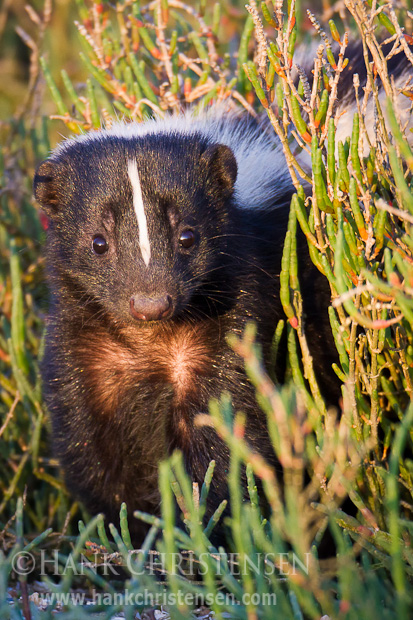
As I turned around to head back to the car, I saw some movement in the rocks that separate the beach from a bay trail. To my surprise it was a striped skunk, heading out for a late breakfast. I had only ever seen skunks before at dusk, and usually when its already fairly dark out.
He descended into the pickleweed and disappeared entirely. Most of the time, he could only be detected by the rustling of bushes, and loud smacking and crunching whenever he ate what he dug up. Occasionally a beautiful tail would appear waving above the pickleweed.
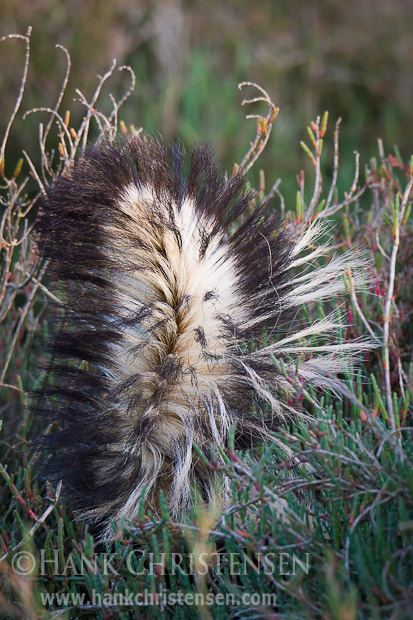
As he moved closer to me, I would back up, making sure to give him plenty of space. It was extremely difficult to keep focus on him as he moved through the pickleweed, because he could move quickly when he wanted to, and I usually only got to see flashes of black fur. Finally however, he emerged at the edge of the thicket and gave me the shot I was hoping for. A quick burst of frames and I got only one keeper which is the first shot of the post.

